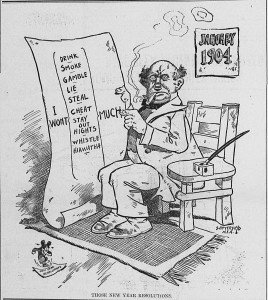
In the near five years that I have been exclusively practicing pelvic floor physical therapy, I have noticed an interesting phenomenon. Namely, conversation about the pelvic floor has steadily been on the rise. We as a profession have received shout outs in popular magazines including Elle, Cosmopolitan, and Runners World. “Kegel exercises” have been referenced in popular television shows including Sex in the City and 30 Rock.
A specialty which heretofore was completely unknown to most and which was rarely discussed even with one’s own doctor has become a topic that is increasingly being raised in healthy and meaningful venues.
Doctors are generally more aware of the existence and the benefits of pelvic floor physical therapy than ever before. While I spend a significant amount of time explaining my profession to physicians that I meet (and am happy to do so), more and more individuals within the medical community are already well informed.
Not only are doctors more educated than in years past before about the specialty, but knowledge about the topic is abounding within the general population as well. In the past, my answer to “What do you do for a living” was often greeted with confusion and curiosity. In fact, I have a whole shpiel prepared to help explain and educate. Recently, I have been pleasantly surprised by the reactions I receive when I proudly respond, “I am a pelvic floor physical therapist.” The general response is one of admiration and respect for the powerful and holy work I have the privilege of engaging in on a daily basis. It is refreshing and exciting to witness this major transition within both the medical and lay communities.
In fact, just last week, Zosia Mamet of the popular television show “Girls” boldly shared her own personal struggle with pelvic pain in Women’s Health Magazine (February 8, 2017, article link). In this article, Mamet described that for six full years, she felt like she had a nasty UTI that could not be fixed. She shared that she experienced intense urinary frequency (the sensation of increased need to void) and the sensation of “a hot poker” being inserted vaginally during intercourse.
One of the worst aspects of her experience was that she was bounced around from doctor to doctor and misdiagnosed for far too long. In fact, she was informed that she had a sexually transmitted infection (not true!) and that she “was crazy” (also not true!) by clinicians who could not figure out what was wrong. Fortunately, she was finally referred to pelvic floor physical therapy to address her issues.
In reality, many women can unfortunately relate to Mamet. How courageous of her to share her story and to further raise public awareness. However, pelvic floor physical therapy should not be deemed a luxury treatment available only to the rich and famous. Pelvic health should be an unalienable right, along with life, liberty, and the pursuit of happiness. Revitalize Physical Therapy offer excellent care in a highly affordable manner. We will help you verify your out of network insurance benefits and can offer a sliding scale to clients in need. Our main priority is helping you achieve your goals and health. Please let us know how we can help you, because it would truly be an honor and privilege to do so.



